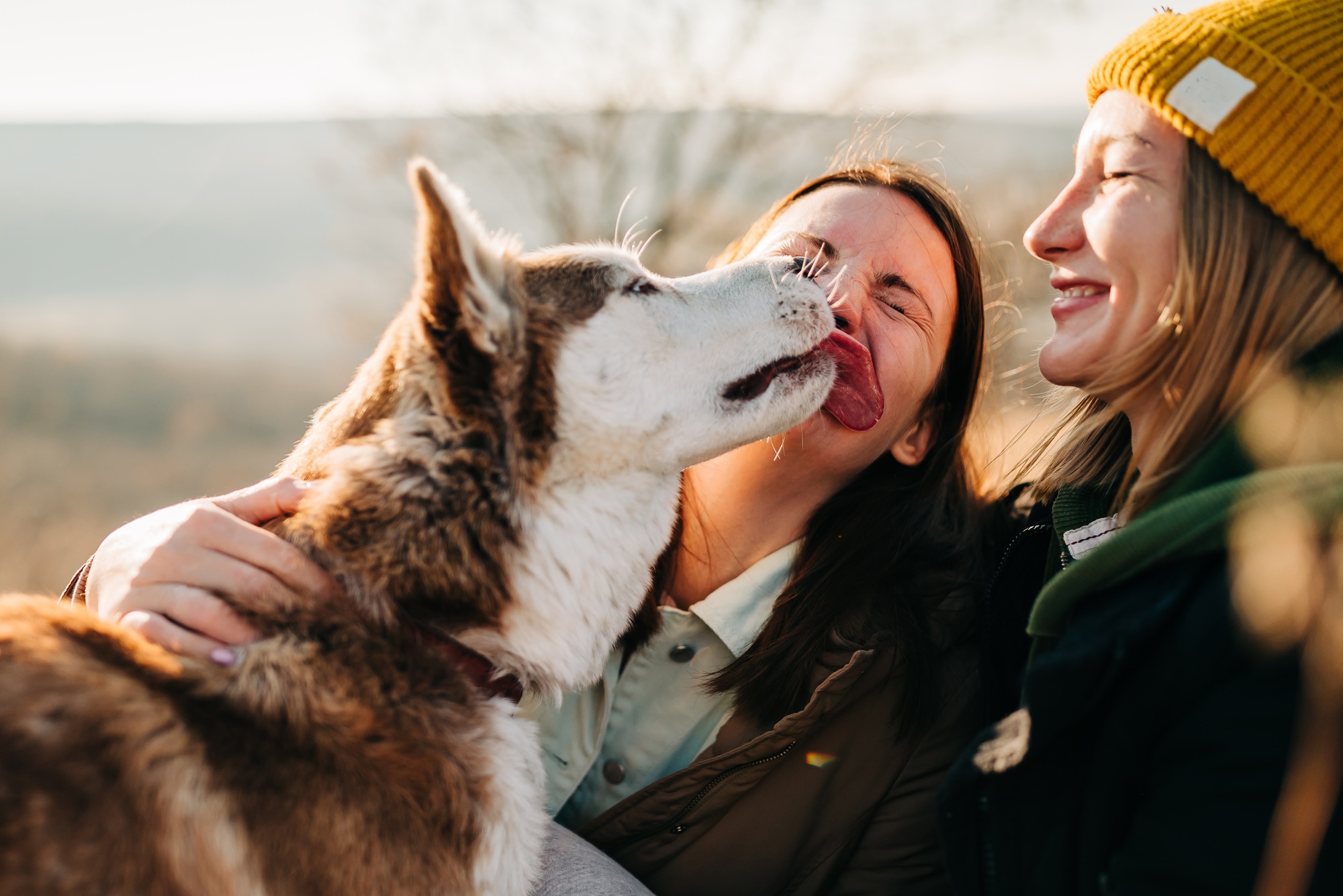On May 16, the City Council in Cincinnati voted to repeal the city’s breed ban. Cincinnati’s repeal follows the historic repeal of a statewide breed discriminatory statute in Ohio, which occurred earlier this year in February.
Two months after Ohio Governor John Kasich signed the repeal, the Cincinnati City Council convened a task force to evaluate Chapter 701 of the city’s Code, which at the time contained articles defining a “vicious dog,” as, among other things “a dog commonly defined as a pit bull” or those “trained for dog fighting or [. . .] kept primarily or in part for the purpose of dog fighting.” “Pit bull terrier” was further defined in the now-repealed articles “as any Staffordshire Bull Terrier or American Staffordshire Terrier breed of dog, or any mixed breed of dog which contains as an element of its breeding the breed of Staffordshire Bull Terrier or American Staffordshire Terrier, as to be identifiable as partially of the breed of Staffordshire Bull Terrier or American Staffordshire Terrier.”
Confusingly, despite making it unlawful for any person to own or harbor a dog so defined as “vicious” within Cincinnati, animal shelters and veterinary clinics were exempt from the articles, so long as they properly confined the so-called “vicious” dogs. Some dogs were grandfathered in – but only if owners carried a minimum of $100,000 in liability insurance and adhered to additional strictures. “Testimony by a veterinarian, zoologist, Cincinnati police officer trained in animal control, or animal control officer (SPCA) that a particular dog exhibits distinguishing physical characteristics of a pit bull” was admitted to determine whether or not a dog was defined as a “pit bull” under the now-repealed ordinance.
Breed specific legislation (BSL) is based on the idea that breed restrictions of any kind will result in increased community safety, which they have never done, wherever they have been implemented. These regulations are also based on the discredited belief that one kind of dog is more likely to bite or injure a human being than another kind of dog. A report released in April 2012 by the American Veterinary Medical Association (AVMA), based upon an analysis of 40 years of dog bite studies from Europe and North America, affirms this.[i]
BSL also assumes that a person can reliably visually identify the breeds that make up dogs of unknown origin: an idea that controlled studies by both veterinarians and geneticists have discredited. As a 2009 study in the Journal of Applied Animal Welfare Science (JAAWS) that tested the reliability of breed identification of dogs of unknown origin underscored, “public health and private policies that depend on identification of dog breeds must take” the unreliability of breed identification into account.[ii]
An AVMA Task Force report[iii], an Animals & Society Institute policy paper authored by Janis Bradley[iv], and all contributions from other animal professionals who have considered the problem of dog bite-related injuries have consistently offered the same or similar recommendations for communities to enhance safety. These include: supervising the interaction of babies and small children around dogs; educating dog owners about their obligations to their neighbors; and holding owners firmly responsible for the behavior of their dogs.
These recommendations are codified in ordinances described as responsible pet ownership laws, such as the law enacted in Calgary, Alberta. Education for children and adults, and responsible pet ownership laws are the proven method of promoting safety for both people and animals.
[SOURCES: Cincinnati City Council records; Cincinnati City Council Committee Pages; Chapter 701 of the Cincinnati City Code.]







